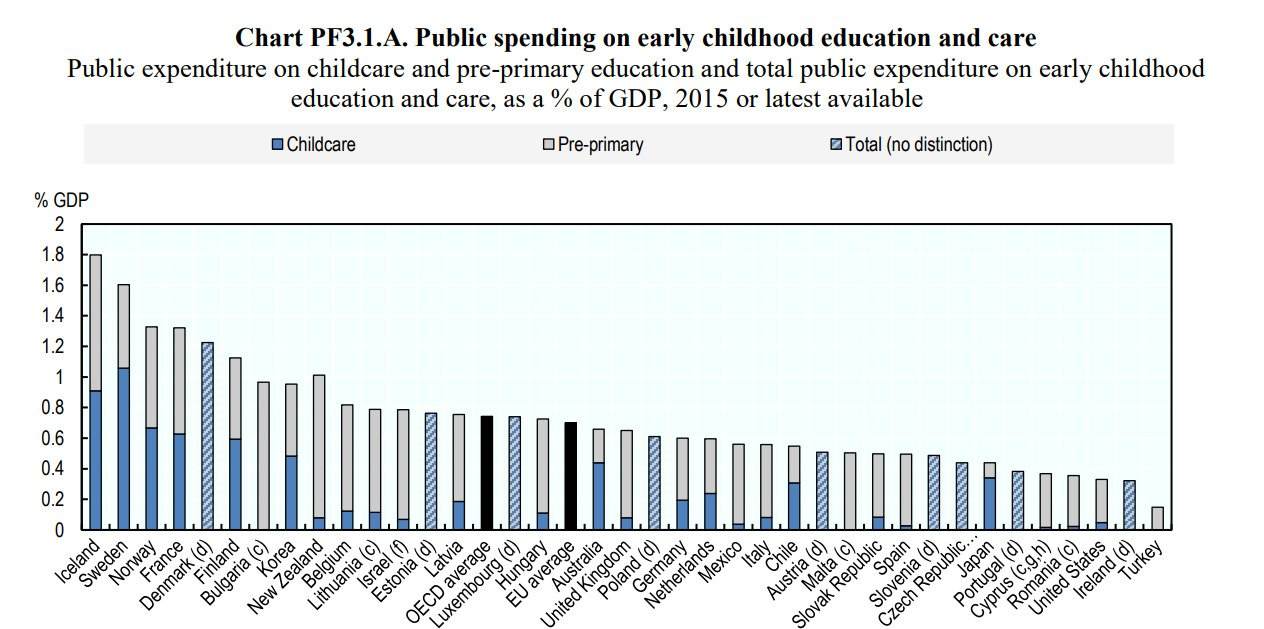
At the end of 2019, women held over half of all jobs on payroll for only the second year in history. Because of the pandemic, weak family leave policies, and a lack of affordable childcare, this milestone was short-lived. By mid-2020, millions of American women had lost their jobs, and others were forced to choose whether to leave the workforce or leave their children unsupervised because of school and childcare closures.
The economic effects of the pandemic on women could last for decades. What caused this devastating impact, and what can we do about it? Popular policies like paid family leave would have helped, but as we face the prospect of a return to normalcy, what policies can staunch the bleeding? Based on hundreds of conversations with clients and prospective clients, and analyzing all the data, here are our thoughts.
2020 Was a Year of Setbacks for Gender Equality at Work
Early Layoffs Hit Women and Minorities Hardest
In March and April 2020, the first wave of pandemic-related layoffs hit retail and service industries. Nearly 60% of workers laid off were women. Latina workers, who are statistically least likely to have jobs that allow them to work remotely, were laid off most often. 20% of Latinas were unemployed in April 2020, immediately after the first round of layoffs. By June, 15% of Latinas were unemployed; compared to 10% of white workers, and 12.8% of male Latino workers.
The Double Shift Drove Women from the Workforce
Working mothers in 2020 reported working the “double shift,” or a “second shift” taking care of children or household chores, in addition to their full day of paid labor. This has caused many women to quit work or has caused their employers to fire them.
Bureau of Labor Statistics (BLS) monthly data shows that workplace equality statistics are being decimated by the pandemic. For example, in August 2020, 1.1 million Americans left the workforce altogether, reporting that they were no longer looking for work. 80%, or 865,000, of these workers were women, and half of the women who left the workforce (approximately 400,000 people) were Black or Latina.
Though the data doesn’t ask why these workers are leaving the workforce, the answer seems obvious. Schools are closed, family members are sick, and women still, on average, earn less than their male partners. The exodus coincided with a new school year, forcing parents to choose how they would educate their children with limited in-person options. When someone must bear the burden of family duties, it is usually the lower-earning partner, and the one who already bears more family responsibilities: usually the woman.
Moreover, a quarter of women reported considering stepping back in other ways, including taking a reduced work schedule or a leave of absence, or switching to a less demanding role.
December 2020 Jobs Data Shows That Women Are Bearing the Impact of the Pandemic
The McKinsey report was released in Fall 2020. But things have only gotten worse.
December 2020 jobs numbers, released in early January, showed that women bore all the net job losses accounted for that month—140,000—while men actually gained 16,000 jobs. As with past job losses, Black and Latina women accounted for more of these job losses; in fact, white women actually gained jobs since November 2020 (although they still remained unemployed more frequently than in prior months, or before the pandemic began).
Over all of 2020, women ended the year with 5.4 million fewer jobs than they held in February, before the pandemic began. Analysts attribute these losses to steep cuts in education, hospitality, and retail.
In addition, some of the job losses can certainly be attributed to discrimination, as employers penalize women for childcare obligations that may limit their ability to work during regular school hours.
What Can Be Done?
Congress and Local Governments Need to Step in to Save Childcare Options
When women return to work, they will need childcare for their children. Unfortunately, the pandemic has forced thousands of childcare providers out of business. Their enrollments dropped or they were forced to close down.
One estimate found that 4.5 million childcare slots nationwide could be permanently lost due to the pandemic. This means that 4.5 million children’s parents may need to find other childcare options—out of a total of approximately 24.5 million children under 5 in the United States. It is hard to overstate the damage this could do to women’s equality at work. This is a drastic change that could affect 20% ofAmerican children.
In many cases, the lack of childcare will result in a parent, probably a mother, staying home. The same study estimated that the risk of mothers leaving the workforce or reducing work hours to make up for lost childcare opportunities could cost the country $64.5 billion a year in lost wages and economic activity.
Unless women have access to affordable childcare, a short-term employment gap could continue for years.
This is the perfect time to create a stronger, resilient childcare infrastructure that would benefit working families for decades to come. The United States already spends less than every other developed country on early childhood care and education—and unless that changes, women will struggle to recover from the setbacks of 2020, and our children will suffer for it.

We Need National Paid Family Leave
Although many states don’t have paid family leave (PFL), and there is no national PFL policy, PFL enjoys widespread support across demographic and political groups, with 75% of voters supporting PFL. Unsurprisingly, women support PFL more than men; while 20% of men oppose PFL, only 11% of women do.
The Gates Foundation, along with many other organizations, has pushed hard for PFL: Melinda Gates recently told NBC that Congress should enact a “paid family medical leave policy,” since the U.S. is the only industrialized country without one. Studies of states that enacted PFL policies, like California and New Jersey, find that paid family leave policies help women remain in the workforce.
With Democratic control of Congress and the White House, it is a perfect time to enact these popular, proven policies and extend them to cover women who need to take leave to care for family members until vaccinations become more widespread and life begins to return to normal.
Companies Should Continue to Provide Flexible Work Schedules and Telecommuting
One benefit of the pandemic, particularly for white collar working women, has been the transition to remote work. This allows them time and freedom to structure their work life around their family obligations.
As the McKinsey report noted, “The crisis also represents an opportunity. If companies make significant investments in building a more flexible and empathetic workforce—and there are signs that this is starting to happen—they can retain the employees most affected by today’s crises and nurture a culture in which women have equal opportunity to achieve their potential over the long term.”
Companies Should be Forgiving of “Resume Gaps”
Although it feels like the distant future, as soon as this Fall, schools may reopen and life may be beginning to return to normal. Women who left the workforce in 2020 may try to reenter it. They will face a significant obstacle: workers with resume gaps are called back less frequently for job interviews, making it more challenging to obtain reemployment. Once a resume gap is more than two years long, employers are 50% less likely to interview the candidate.
Although explaining the reason for the resume gap can reduce the impact of employers’ negative assumptions, unfortunately, “raising a family” is not seen as one of the “better reasons” for a resume gap. This attitude will need to change for women to continue to progress in the workforce as the pandemic subsides and life returns to normal.
2021 Will Be a Year for Important Choices
A return to the progress towards equality women had made at the end of 2019 will not be immediate. But there are clear choices: will it take several years, or will it take a decade or more? There is a real chance setbacks relating to full years (or more) of unemployment will carry over for many years. A proactive approach can help remediate this possibility and enable ongoing work towards equal wages and true economic equality.

